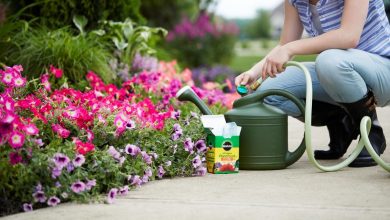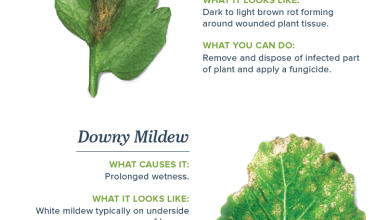The Leaf: [Parts, Functions, Types]
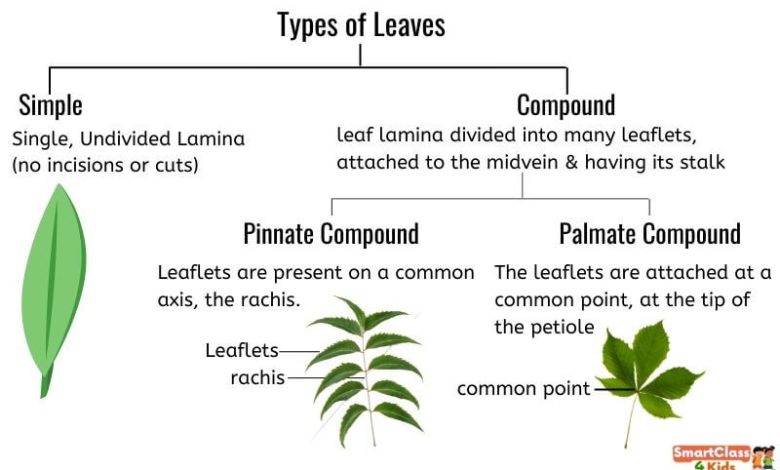
The term leaf refers to the organ that forms the main lateral appendage of the stem of vascular plants.
In general, leaves are thin, flat organs responsible for plant photosynthesis. Although photosynthesis normally only occurs on the upper leaf surface, it can occur on both sides in some plant species.
Leaves usually have distinct upper and lower surfaces, stomata for gas exchange, a wax coating, hairs, and veins. Each side of the blade differs in the level at which these characteristics are expressed.
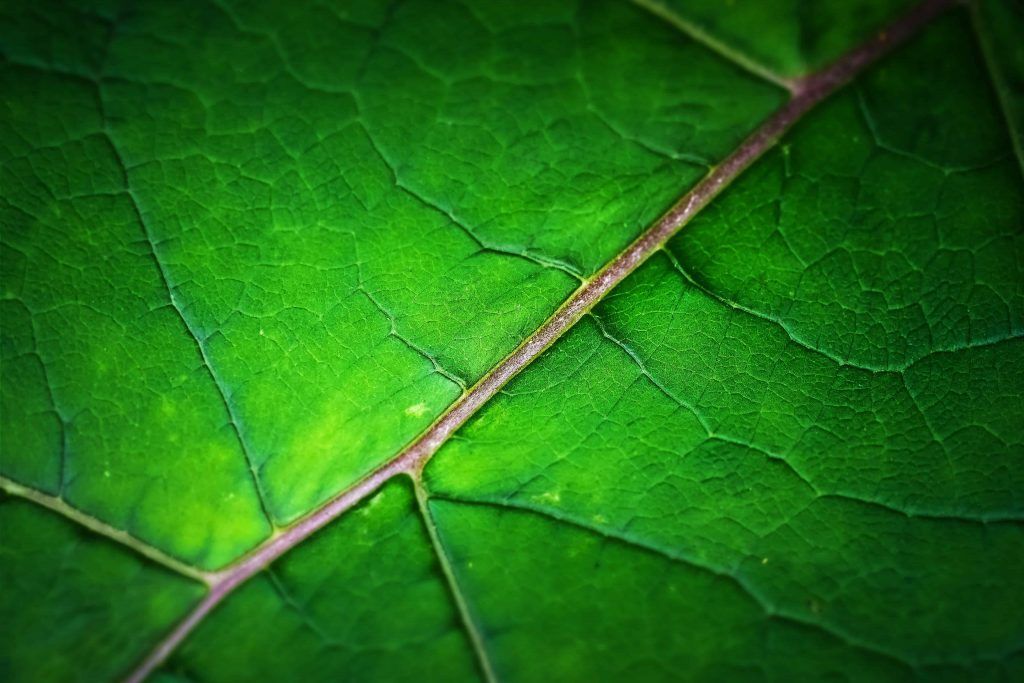
Although the leaves are usually situated above ground, some species have leaves that reside underground (for example, the scales of bulbs) or underwater (for example, aquatic plant species).
Also, the leaves of some plants may not be associated with photosynthesis (for example, cataphylls).
Leaves are often oriented on a plant to avoid blocking sunlight from leaves below.
What are the leaves?
The leaf is the main lateral appendage of the stem of a vascular plant, which is usually born above the ground and is specialized for photosynthesis. The leaves, stem, flower, and fruit together form the shoot system.
The leaves are collectively referred to as foliage, as in » fall foliage «.
In most leaves, the primary photosynthetic tissue, the palisade mesophyll, is found in the upper part of the leaf blade, but in some species, including the mature foliage of Eucalyptus, the palisade mesophyll is present in both sides and the leaves are said to be isobilateral.
Most leaves are flattened and have distinct upper (adaxial) and lower (abaxial) surfaces, which differ in color, hairiness, number of stomata (pores that admit and expel gases), quantity, and structure of the leaves. epicuticular wax and other features.
The leaves are mostly green in color due to the presence of a compound called chlorophyll which is essential for photosynthesis as it absorbs light energy from the sun. A leaf with lighter or white spots or edges is called a variegated leaf.
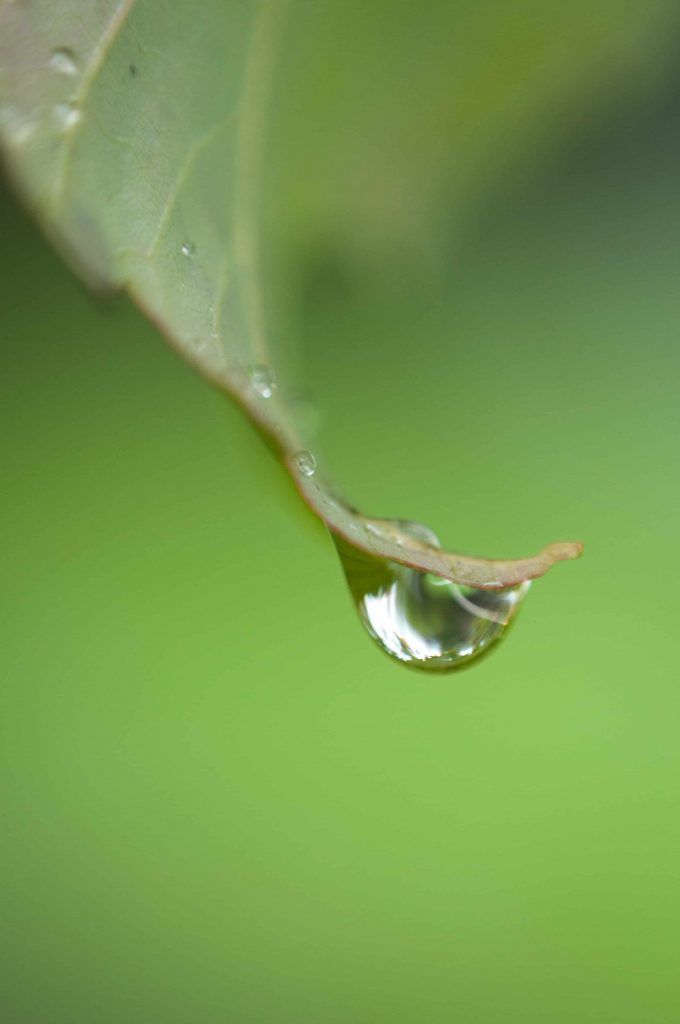
Leaves can come in many different shapes, sizes, and textures. The broad, flat, complex-veined leaves of flowering plants are known as megaphylls, and the species bearing them, most, as broadleaf plants or megaphylls.
In clubmos, with different evolutionary origins, the leaves are simple (with a single vein) and are known as microphylls.
Some leaves, such as bulb scales, are not above ground.
In many aquatic species, the leaves are submerged in water.
Succulents often have thick, juicy leaves, but some leaves have no important photosynthetic function and may be dead at maturity, as in some cataphylls and spines.
Furthermore, several types of leaf-like structures found in vascular plants are not fully homologous to them.
Some examples are the flattened stems of plants, called phylloclades and cladodes, and the flattened stems of leaves, called phyllodes, which differ from leaves in both structure and origin.
Some nonvascular plant structures closely resemble leaves and function as such. Some examples are the phyllodes of mosses.
leaf structure
Each leaf usually has a blade called the lamina, which is also the widest part of the leaf. Some leaves are attached to the stem of the plant by a petiole.
Leaves that do not have a petiole and are directly attached to the stem of the plant are called sessile leaves. The small green appendages that are usually found at the base of the petiole are known as stipules.
Most leaves have a midrib, which runs the length of the leaf and branches on each side to produce veins of vascular tissue. The edge of the sheet is called the margin.
Within each leaf, vascular tissue forms veins.
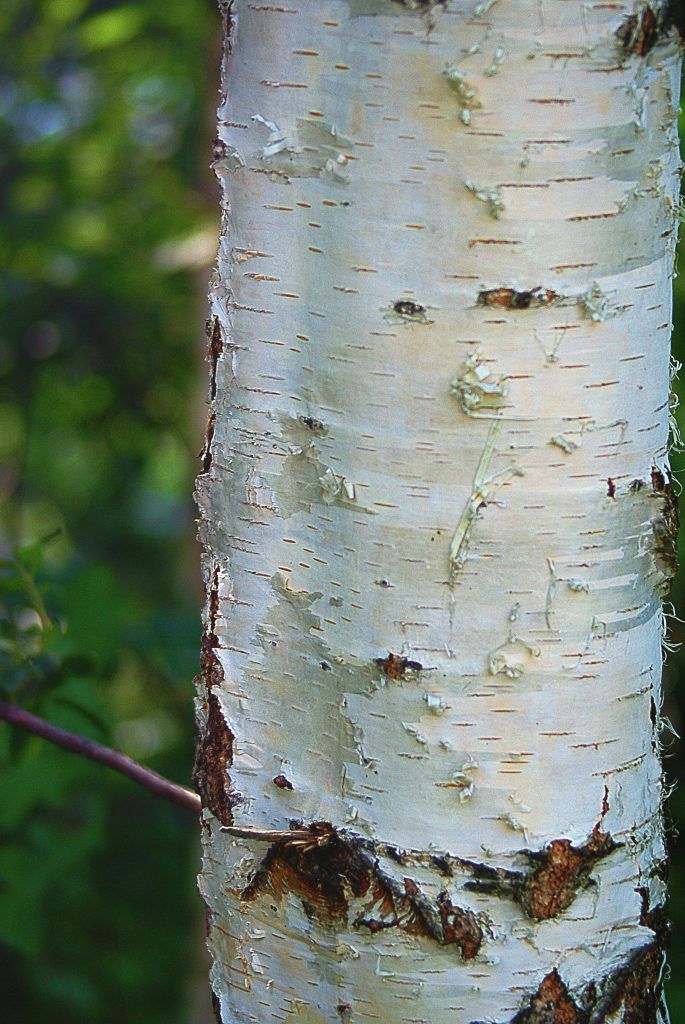
venation pattern
The arrangement of the veins on a leaf is called the venation pattern. Monocots and dicots differ in their venation patterns.
Monocots have parallel venation; the veins run in straight lines along the blade without converging at a point. In dicots, however, the leaf veins have a network-like appearance, forming a pattern known as reticulate venation.
Did you know…?For example, Ginkgo biloba has dichotomous venation where the veins branch off.
Each sheet is made up of the following layers:
Epidermis
It is the outermost layer and secretes a waxy substance called the cuticle. The cuticle helps retain water within the cells of the leaf.
The epidermis houses the guard cells that regulate the movement of water in and out of the cell. Guard cells do this by controlling the size of the pores also called stomata.
mesophyll
It forms the middle layer of the leaf. It differentiates into two layers depending on the type of cells found: palisade and spongy mesophyll layers. Chloroplasts are found in this layer.
Chloroplasts are cell organelles that contain chlorophyll, necessary for photosynthesis. The vascular tissues of the leaf are contained in the irregularly arranged spongy mesophyll cells.
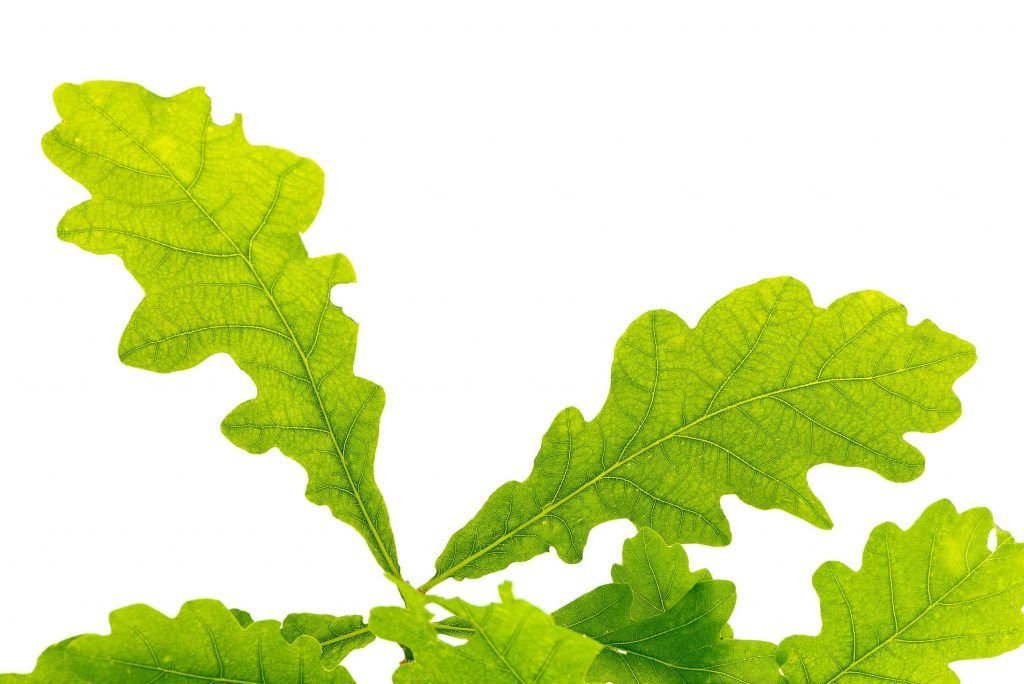
vascular tissue
The vascular tissue is actually found in the leaf veins. Vascular tissues are made up of xylem and phloem, which are responsible for transporting water and food.
Sheet functions
Photosynthesis
The main function of the leaf is the conversion of carbon dioxide, water, and ultraviolet light into sugar (eg, glucose) through photosynthesis (shown below).
The simple sugars formed by photosynthesis are subsequently transformed into various macromolecules (eg, cellulose) necessary for the formation of the plant cell wall and other structures.
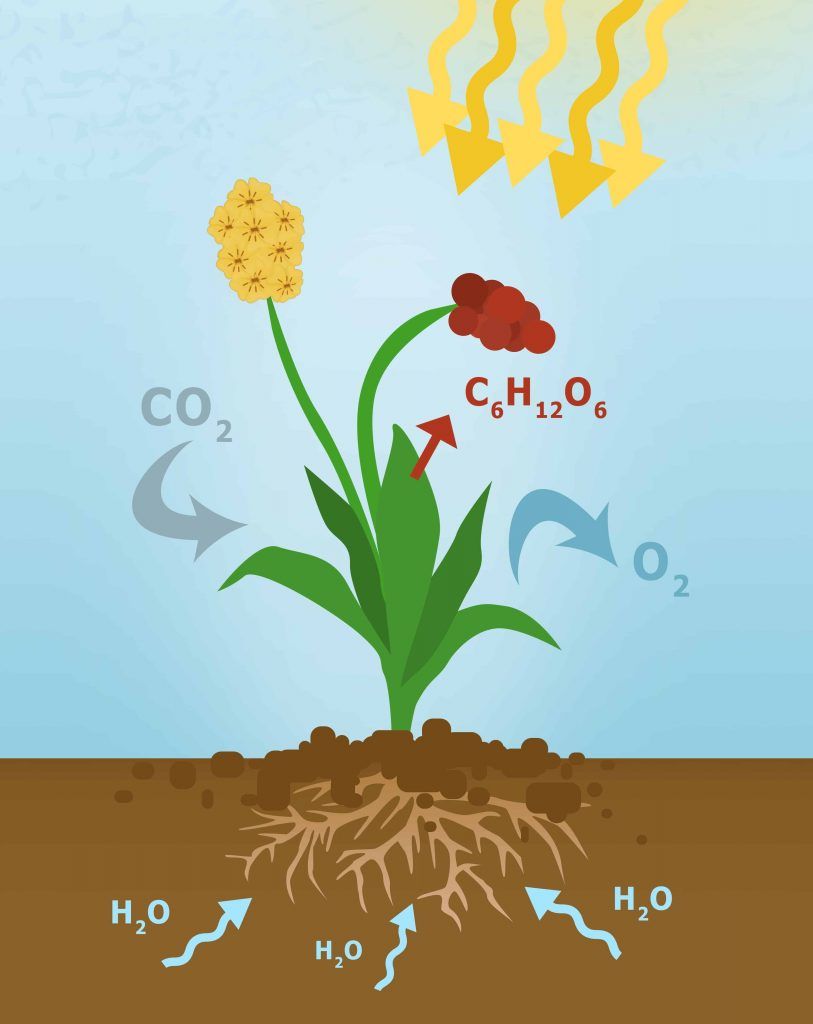
Therefore, the leaf must be highly specialized to combine carbon dioxide, water, and ultraviolet light for this process. Carbon dioxide diffuses from the atmosphere through specialized pores, called stomata, in the outer layer of the leaf.
Water is directed to the leaves through the plant’s vascular conduction system, called the xylem.
Leaves are oriented to ensure maximum exposure to sunlight, and are usually thin and flat to allow sunlight to penetrate the leaf and reach the chloroplasts, which are specialized organelles that carry out photosynthesis.
Once the sugar has been formed from photosynthesis, the leaves are responsible for transporting it to the interior of the plant through specialized structures called phloem, which run parallel to the xylem.
Sugar is normally transported to the roots and shoots of the plant, to promote its growth.
Perspiration
Transpiration refers to the movement of water through the plant and subsequent evaporation through the leaves.
When the stomata open to allow diffusion of carbon dioxide into the plant for photosynthesis, water flows out.
This process also serves to cool the plant by evaporating water from the leaf, as well as to regulate the osmotic pressure of the plant.
Gestation
Evisceration refers to the excretion of xylem from the edges of leaves and other vascular plants due to increased soil water levels at night, when the stomata are closed.
The pressure caused in the roots causes the exit of water from the xylem by specialized water glands on the edges of the leaves.

Storage
The leaves are the main place of storage of water and energy, since they are the place of photosynthesis.
Succulents are especially adept at storing water, as evidenced by their thick leaves.
Due to the high levels of nutrients and water, many animal species ingest plant leaves as a food source.
Defending
Some leaves have also developed defense mechanisms to avoid being eaten and/or damaged.
Some examples are the spines of cacti and the cones of gymnosperms, respectively.
Also, the hairs found on the leaves prevent water loss in dry climates and sting animals that divert herbivores (eg, Urticaceae).
It should be added that the waxy coatings found on the leaves serve to protect against water loss, rain and forms of pollution. Oils and other secreted substances also prevent them from being consumed by herbivores.
blade types
Perennial plants whose leaves are shed annually are called deciduous, while those that remain through the winter are perennials.
Leaves attached to the stems by stalks (known as petioles) are called petiolate, and if they are attached directly to the stem without a petiole they are called sessile.
- Ferns have fronds.
- Coniferous leaves are usually needle-shaped or awl-shaped or scale-shaped, usually evergreen, but can sometimes be deciduous. They usually have a single vein.
- Leaves of flowering plants (angiosperms): the standard form includes stipules, a petiole, and a blade.
- Lycophytes have microfilaments.
- Sheathed leaves are the type found on most grasses and many other monocots.
- Other specialized leaves are those of Nepentes, a pitcher plant.
- Dicotyledonous leaves have blades with pinnate vegetation (in which the main veins start from a large midrib and have smaller connecting networks between them). Less commonly, dicot blades may have palmate venation (several large veins diverging from the petiole to the leaf edges).
- Finally, some have parallel venation.
The leaves of monocots in temperate climates often have narrow blades and usually parallel venation that converges at the tips or edges of the leaves. Some also have pinnate venation.
In general, leaf types can be divided into six broad types, although there are also plants with highly specialized leaves:
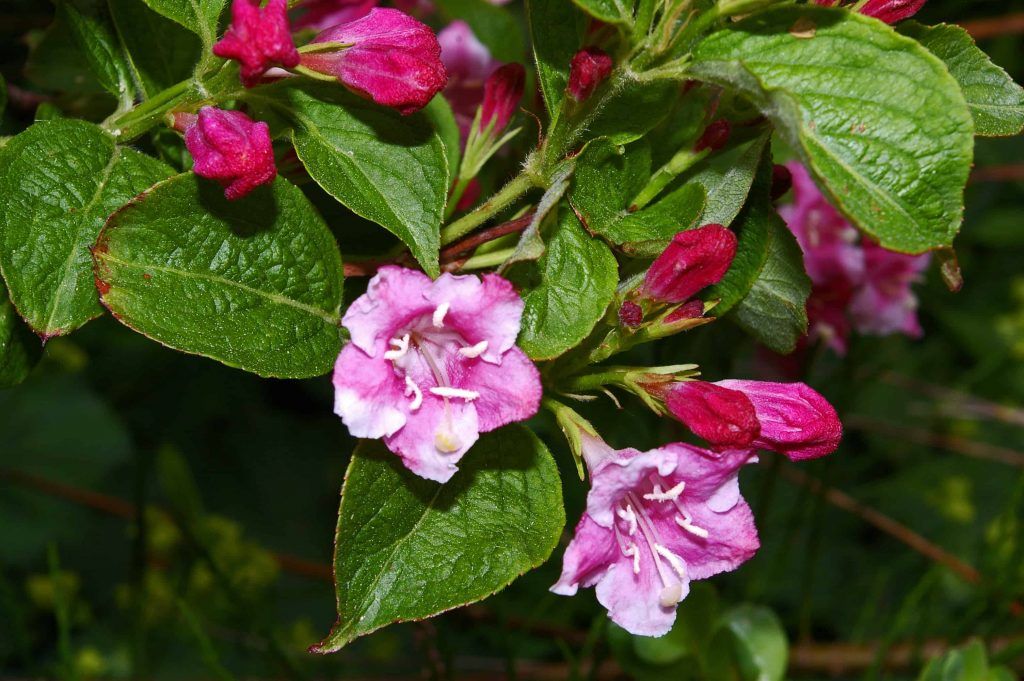
conifer leaf
Coniferous leaves are needle-shaped or scale-shaped.
Coniferous leaves are often highly waxy and highly adapted to colder climates, arranged to dissipate snow and withstand freezing temperatures.
Some examples are Douglas firs and spruces.
microphyllous leaves
Microphyllous leaves are characterized by having a single unbranched vein.
Although this type of leaf is abundant in the fossil record, few plants exhibit this type of leaf today. Some examples are horsetails and mosses.
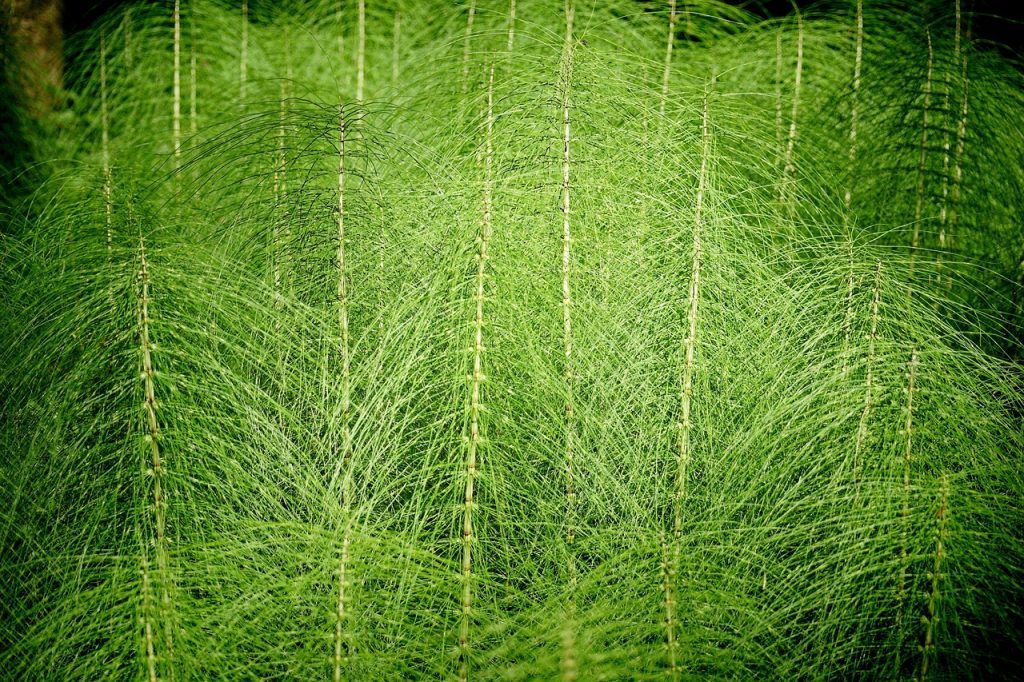
megaphyllous leaf
Megaphilic leaves are characterized by having multiple veins that can be highly branched. Megafilar leaves are broad and flat and generally constitute the foliage of most plant species.
Setaria megaphylla leaves
Angiosperm leaves are those found on flowering plants. These leaves are characterized by having stipules, a blade, and a petiole.
fronds
Fronds are large, divided leaves, characteristic of ferns and palm trees. Leaves can be single or divided into branches.
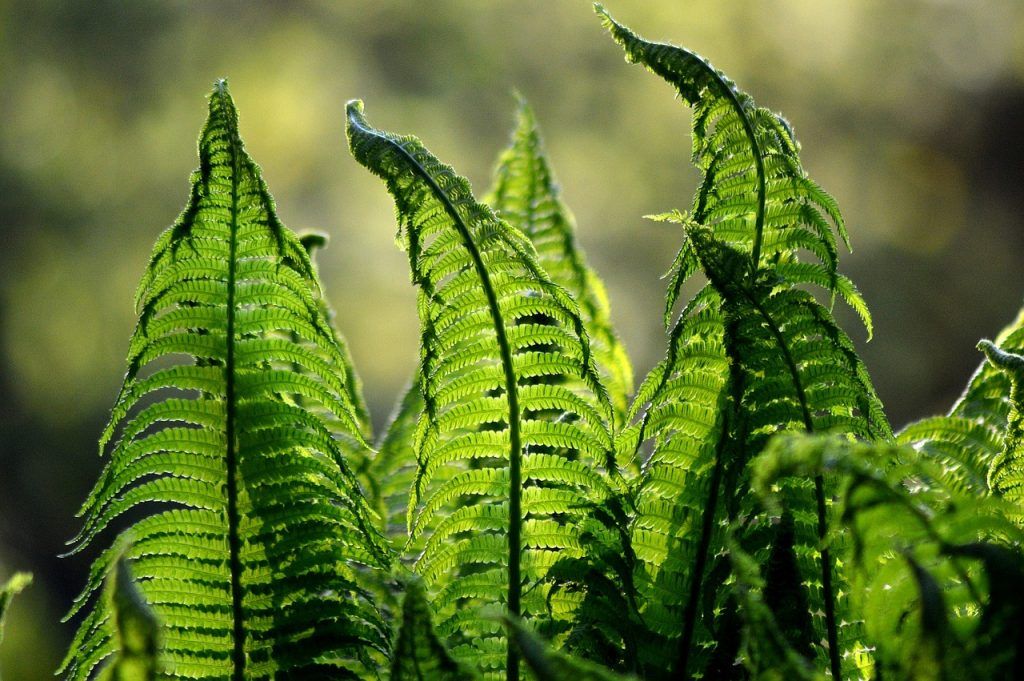
How do leaves adapt to different environments?
Coniferous plant species that thrive in cold environments, such as spruce and pine, have leaves that are reduced in size and needle-like in appearance.
These needle-shaped leaves have sunken stomata and a smaller surface area – two attributes that help reduce water loss.
In hot climates, plants such as cacti have leaves reduced to spines, which, along with their succulent stems, help conserve water.
Muchas plantas acuáticas tienen hojas con láminas anchas que pueden flotar en la superficie del agua, y una gruesa cutícula cerosa en la superficie de la hoja que repele el agua.
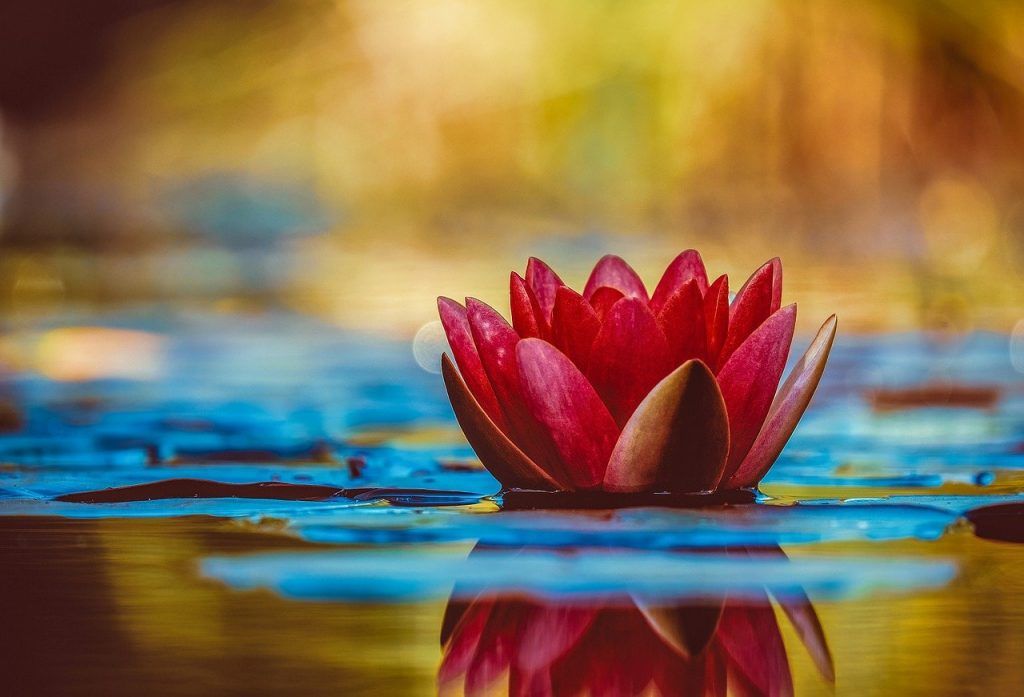
Adaptaciones de las hojas en entornos carentes de recursos
Las raíces, los tallos y las hojas están estructurados para garantizar que una planta pueda obtener los recursos necesarios de luz solar, agua, nutrientes del suelo y oxígeno.
Algunas adaptaciones, increíbles, han evolucionado para permitir que algunas especies de plantas prosperen en hábitats que no son ideales, donde uno o más de estos recursos son escasos.
Adaptaciones en selvas tropicales
En las selvas tropicales, la luz suele ser escasa, ya que muchos árboles y plantas crecen muy juntos y bloquean gran parte de la luz solar para que no llegue al suelo del bosque.
Es decir, la competencia vegetal es feroz.
Muchas especies de plantas tropicales tienen hojas excepcionalmente anchas para maximizar la captación de luz solar.
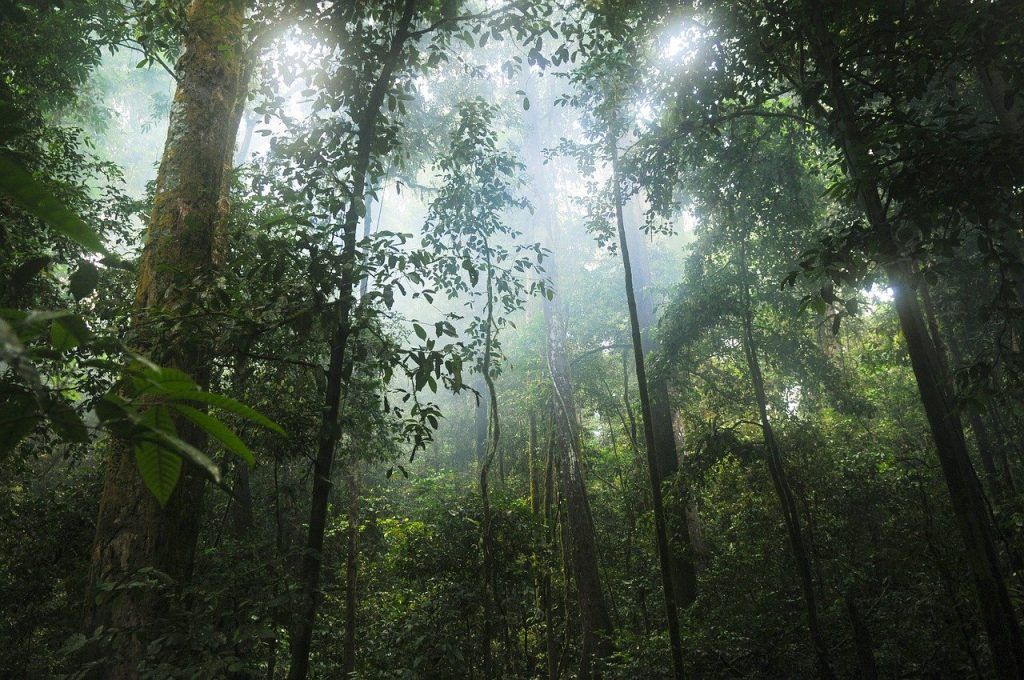
Plantas epífitas: Helechos, bromelias, orquídeas…
Otras especies son epífitas: plantas que crecen sobre otras plantas que les sirven de soporte físico. Estas plantas pueden crecer en lo alto del dosel, sobre las ramas de otros árboles, donde la luz solar es más abundante.
Las epífitas se alimentan de la lluvia y de los minerales recogidos en las ramas y las hojas de la planta de soporte. Las bromelias (miembros de la familia de las piñas), los helechos y las orquídeas son ejemplos de epífitas tropicales.
Muchas epífitas tienen tejidos especializados que les permiten captar y almacenar agua de forma eficaz.
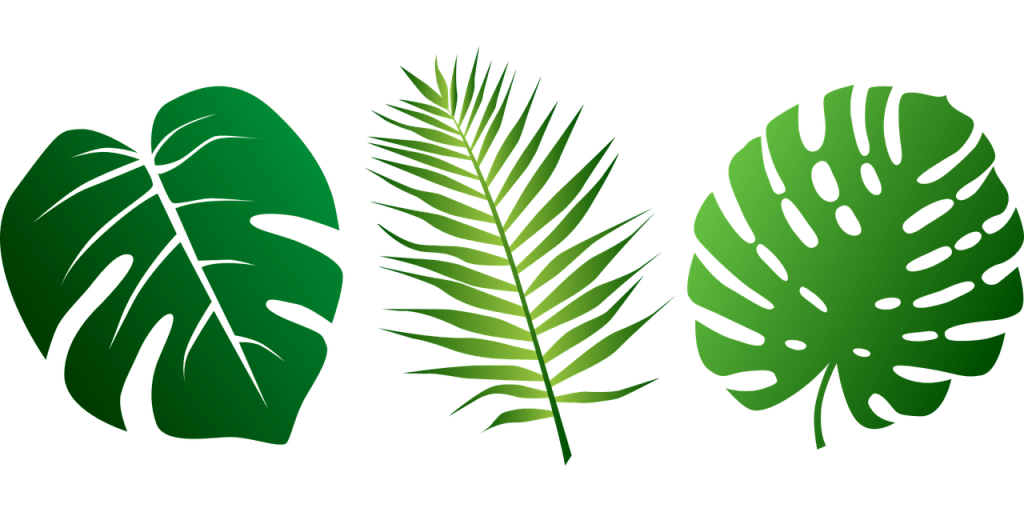
Plantas carnívoras
Algunas plantas tienen adaptaciones especiales que les ayudan a sobrevivir en entornos pobres en nutrientes.
Las plantas carnívoras, como la Venus atrapamoscas y la planta de jarra, crecen en ciénagas donde el suelo es bajo en nitrógeno.
En estas plantas, las hojas están modificadas para capturar insectos. Las hojas que capturan insectos pueden haber evolucionado para proporcionar a estas plantas una fuente suplementaria de nitrógeno muy necesaria.
Plantas que crecen en pantanos
Muchas plantas de pantano tienen adaptaciones que les permiten prosperar en zonas húmedas, donde sus raíces crecen sumergidas bajo el agua.
En estas zonas acuáticas, el suelo es inestable y hay poco oxígeno disponible para llegar a las raíces. Los árboles como los mangles (Rhizophora sp.) que crecen en aguas costeras producen raíces por encima del suelo que ayudan a sostener el árbol.
Some species of mangroves, as well as cypresses, have pneumatophores: roots that grow upwards and contain pores and pockets of tissue specialized for gas exchange.
Wild rice is an aquatic plant with large air spaces in the root bark.
Air-filled tissue (called aerenchyma) provides a pathway for oxygen to diffuse to the root tips, which are embedded in oxygen-poor bottom sediments.
Leaf interactions with other organisms
Although they are not as nutritious as other organs, see fruits, the leaves are a food source for many living things.
The leaf is a vital source of energy production for the plant, and the plant has developed a protection against animals that consume leaves, such as tannins, chemicals that make it difficult to digest proteins and have an unpleasant taste.

Animals specialized in eating leaves are known as folivores.
Some species have cryptic adaptations (insects or reptiles) whereby they use the leaves to avoid predators. Others camouflage themselves to be able to hunt.
Did you know…?For example, the caterpillars of some leafroller moths create a small home in the leaf by folding it in on themselves. Some sawflies also coil the leaves of their food plants into tubes.
The females of the Attelabidae, called leafroller weevils, lay their eggs on leaves which they then roll up as a means of protection. Other herbivores and their predators mimic the appearance of the leaf.
Did you know…?Reptiles, such as some chameleons, and insects, such as some katydids, also mimic the swaying movements of leaves in the wind, moving back and forth or back and forth while avoiding a potential threat.
Evolution of leaves throughout history
Over the course of evolution, leaves have adapted to different environments in the following ways:
- Waxy micro- and nanostructures on the surface reduce rain wetting and pollution adhesion (see lotus effect).
- Divided and compound leaves reduce wind resistance and promote cooling.
- Hairs on the leaf surface trap moisture in dry weather and create a boundary layer that reduces water loss.
- The waxy cuticles of plants reduce water loss.
- The large surface area provides a large sunlight catchment area.
- At damaging levels of sunlight, specialized opaque or partially buried leaves admit light through a translucent leaf window for photosynthesis on the inner leaf surfaces (eg, Fenestraria).
- Succulent leaves store water and organic acids for use in CAM photosynthesis.
- Aromatic oils, poisons or pheromones produced by leaf glands deter herbivores (eg eucalypts).
- Crystalline mineral inclusions deter herbivores (eg, silica phytoliths in grasses, raphides in aroids).
- The petals attract pollinators.
- The spines protect the plants from herbivores (for example, cacti).
- Some plants have stinging hairs to ward off herbivores, for example in Urtica dioica and Dendrocnide moroides (Urticaceae).
- The special leaves of carnivorous plants are adapted to catch food, mainly invertebrate prey, although some species also catch small vertebrates (see carnivorous plants).
- The bulbs store food and water (for example, onions).
- The tendrils allow the plant to climb (for example, peas).
- Bracts and pseudanthia (false flowers) replace normal floral structures when
- true flowers are greatly reduced (for example, spurs and spathes in Araceae.
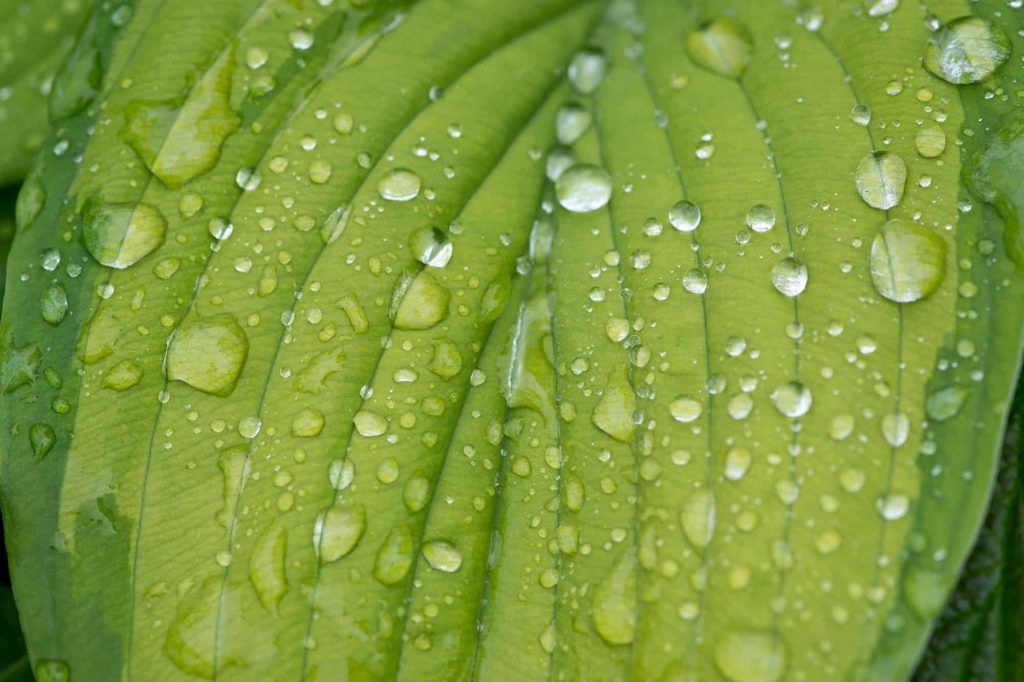
Did you know…?Las brácteas de la flor de Pascua son hojas que han desarrollado una pigmentación roja para atraer a los insectos y a los pájaros hacia las flores centrales, una función adaptativa que normalmente cumplen los pétalos (que son a su vez hojas muy modificadas por la evolución).
¿Por qué cambian de color las hojas?
La clorofila es la sustancia química de las hojas que les da el color verde.
En primavera y verano, cuando hay mucha luz solar, esta sustancia química absorbe la energía del sol y la convierte en dióxido de carbono y agua en azúcar y almidón.
Sin embargo, durante el otoño y el invierno, cuando no hay mucha luz solar, las hojas dejan de fabricar alimento y la clorofila se descompone haciendo desaparecer el color verde.
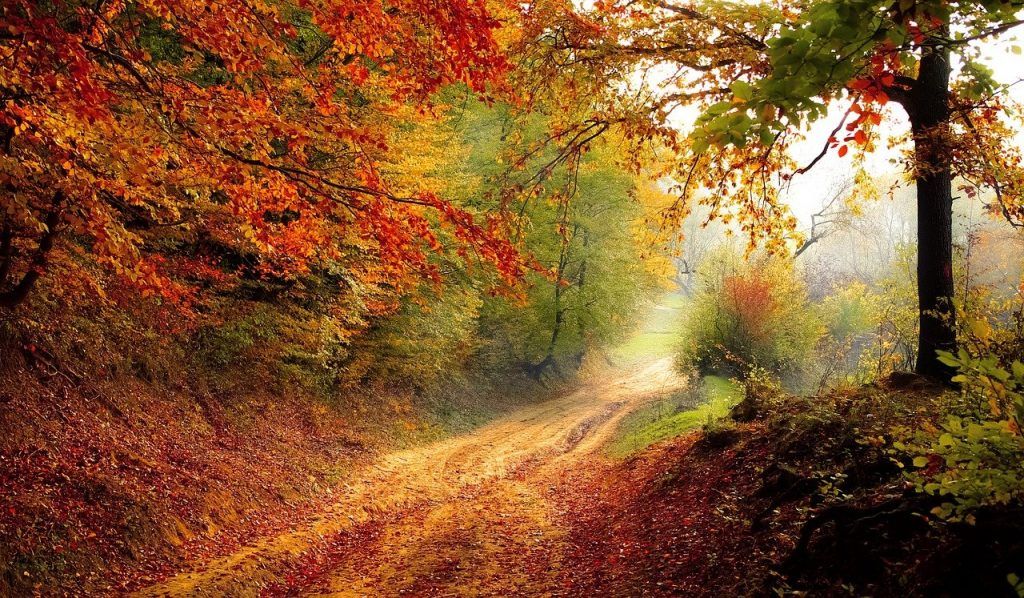
The other colors of the leaves begin to appear, such as red, orange, yellow, and gold. As the leaf changes color, the stem changes color as well.
In the place where it is attached to the tree (axil of the leaf) the cells that support the leaf are cut. When the wind blows or if the stem is dry, the leaf falls to the ground. That is why the trees are without leaves in autumn.
Trees that lose their leaves after changing color are called deciduous trees, for example the oak, maple, birch, and elm.
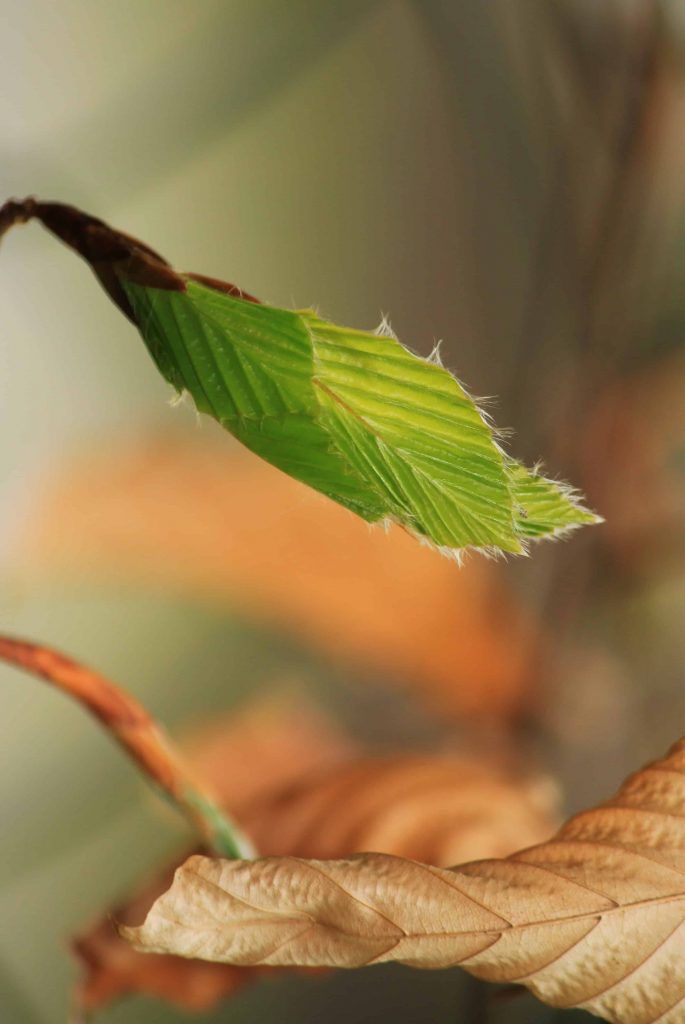
In summary
- Leaves are the main place where photosynthesis occurs.
- A typical leaf consists of a lamina (the broad part of the leaf, also called the blade) and a petiole (the stalk that attaches the leaf to a stem).
- The arrangement of leaves on a stem, known as phyllotaxy, allows for maximum exposure to sunlight.
- Each plant species has a characteristic leaf arrangement and shape.
- The arrangement of the leaves can be alternate, opposite, or spiral, while the shape of the leaves can be simple or compound.
- Leaf tissue is made up of the epidermis, which constitutes the outermost cell layer, and the mesophyll and vascular tissue, which constitute the inner part of the leaf.
- In some plant species, the leaf shape is modified to form structures such as tendrils, spines, shoot scales, and needles.
Sources and bibliography
- Wikipedia: Leaves
-
[BOOK] Plant Biology, PH Raven, RF Evert, SE Eichhorn – 1992 – books.google.com
-
Techniques for collecting plants and herborization, A Sánchez-González … – The systematic, base of the…, 2007 – books.google.com

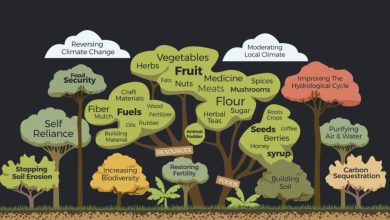
![Photo of Kokedama Care: [Soil, Humidity, Pruning and Problems]](https://www.complete-gardening.com/wp-content/uploads/2022/08/kokedama-care-soil-humidity-pruning-and-problems-390x220.jpg)
